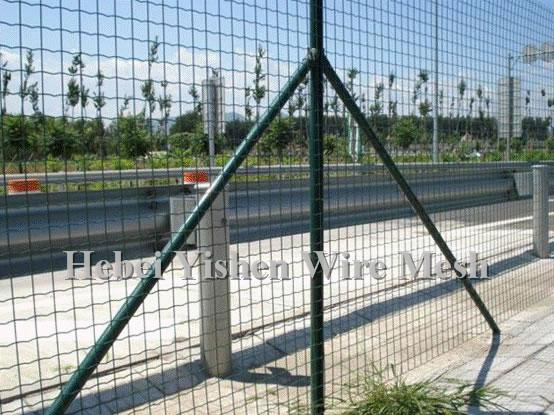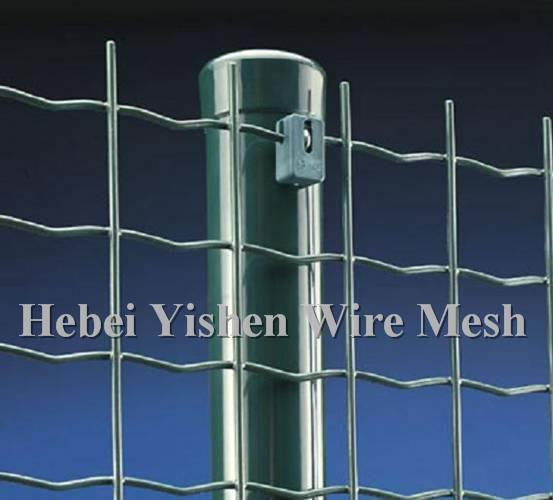Rice is a crop with a large amount of nitrogen. Generally, for each 500 kg of rice and straw produced, it should absorb 6.7-15.8 kg of nitrogen, 3.9-8.1 kg of phosphorus, and 9.2-26.7 kg of potassium. The ratio of nitrogen, phosphorus and potassium is about 1:0.5:1.5. However, in practice production, because the cultivation area is different, the crop varieties are different, and the cultivation conditions are different, the amount of fertilizer absorbed by rice is different, generally higher than this. Therefore, if the yield is 400-600 kg/mu, the total nitrogen fertilizer for the whole year is about 40-60 kg of ammonium sulfate (effective nutrient content 10%-21%), or the equivalent amount of ammonium bicarbonate (effective nutrient content). 16.8% - 17.5%), ammonium chloride (effective nutrient content 22% - 25%) and urea (effective nutrient content 45% - 46%). The absorption rate of various nutrients in rice reached the maximum before heading, and the heading was used as the dividing line. Among the nutrients, the absorption rate of nitrogen, phosphorus and potassium is the fastest. The maximum was reached 20 days before heading. The absorption of phosphorus in rice has little difference in the growth period, and the period of maximum absorption is from tillering to young panicle differentiation. The absorption of potassium by rice is mainly from panicle differentiation to heading and flowering, followed by tillering to panicle differentiation, and it is not absorbed after heading.
wheat
Generally, for every 100 kilograms of wheat grain and corresponding stalks, about 3 kilograms of nitrogen is absorbed from the soil, about 1.5 kilograms of phosphorus, and 3-4 kilograms of potassium. Therefore, if the yield per acre is 250-300 kg, the average yield of pure nitrogen is 7.5-9 kg, pure phosphorus is 3.8-4.5 kg, and pure potassium is 7.5-12 kg. With the increase of yield level, the fertilization amount per mu is also It should be increased accordingly, but more phosphorus and potassium fertilizer should be added. From the emergence of the wheat to the three-leaf stage, due to the lower temperature, the subsoil is still frozen and the nutrient supply is insufficient. Therefore, a certain amount of available nitrogen, phosphorus and potassium fertilizers are required in the seedling stage. From the three-leaf stage to the heading stage, it is necessary to strengthen the nitrogen fertilizer and mix the appropriate amount of phosphorus and potassium fertilizer. From heading to maturity, certain nitrogen nutrients should be maintained. Before spring wheat heading, it is a stage of rapid growth and development. More than 90% of nitrogen, more than 80% of phosphorus and more than 90% of potassium are absorbed before heading. Therefore, fertilization of spring wheat should be mastered. Mainly based on seed fertilizer, supplemented by topdressing.
corn
For every 100 kilograms of corn kernels produced, about 2-4 kg of pure nitrogen, 0.7-1.5 kg of phosphorus, and 1.5-4.0 kg of potassium are required. If the yield per mu is 400 kilograms of corn, apply an average of 40-60 kilograms of ammonium sulfate or other nitrogen fertilizers per acre, 40-60 kilograms of superphosphate (effective nutrient content 10%-16%) or equivalent phosphorus. Heavy superphosphate (effective nutrient content 36% - 52%) and calcium magnesium phosphate (effective nutrient content 12% - 16%), 6-10 kg potassium sulfate (effective nutrient content 48% - 52%) or potassium chloride (effective nutrient content 50% - 52%), potash can also be replaced by grass ash, 40-60 kg per acre. The amount and proportion of these nutrients required for corn varies depending on the type of cultivation, variety characteristics, yield levels, soil and climatic conditions of the corn. When determining the amount of corn to be fertilized, it should be considered comprehensively. The absorption of nutrients varies with corn at different growth stages. At the seedling stage, due to small plants, slow growth, and low amount of nutrient absorption; the growth rate of corn increased rapidly during jointing and booting, and the growth of vegetative growth and reproductive growth went hand in hand, and the absorption increased significantly. After flowering and pollination, the absorption decreased.
Soy
Each production of 100 kg of soybean seeds requires 7.0-9.5 kg of nitrogen, 1.3-1.9 kg of phosphorus, 2.5-3.0 kg of potassium, and nitrogen, phosphorus and potassium of about 1:0.2:0.3. An average of 50-60 kilograms of ammonium sulfate or other nitrogen fertilizers per acre of land; 40-65 kilograms of superphosphate or other phosphorus fertilizers; and 8-16 kilograms of potassium sulfate or potassium chloride. If the potash is used, the plant ash is 100-125 kg. The fertilizer supply in soybean seedling stage should be less. At the end of the branching stage, the nitrogen and phosphorus absorbed are 15%-17.3% of the total absorption during the whole growth period. The supply of nitrogen after soy flowering should be sufficient, but not too much, accounting for 60% of total absorption and 60% of phosphorus absorption. By the maturity period, this period is relatively short, with phosphorus absorption accounting for 20% and nitrogen absorption accounting for about 15%.
Holland fence also named swallowtail post fence.
Holland Wire Mesh is made with low carbon steel wire after welding . It has the features such as high stregth, good steel , beautiful appearance and easy installation .
They are widely used as fence in green ground, gardens, office fields, roads, airports and harbors.
Holland fence Common Specifications:
Opening: 50×50mm/50×100mm/50×150mm
Wire diameter with coating: 2.1mm/2.3mm/2.5mm/2.8mm/3.0mm
Length: 12-30m
Height: 1-2mFence Post: Diameter 30 and 48mm, wall thickness 0.8 to 1.5mm.
Holand fence Originated from Europe, made of Q195 low carbon steel wire through the machine welding
Holand fence surface treatment : PVC powder coated or PE, PP sulfide-protected welding.
Holland Fencing Applications: highway, railway, airport, stadium golf course, residential area, port, oil stations, farming, animal husbandry and the mountains.



PVC Coated Wire Fence,Holland Wire Mesh,Holland Wire Fence,PVC Coated wire mesh
Hebei Yishen Wire Mesh Products Co., Ltd , http://www.ysgabionmesh.com
